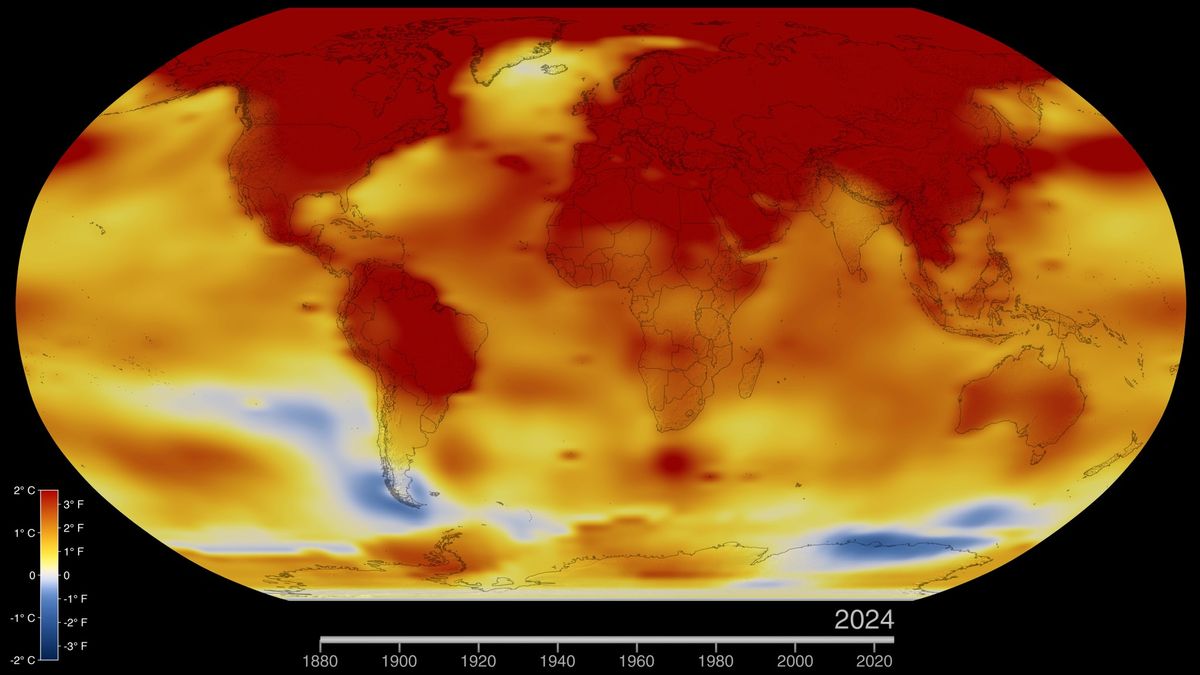Now Reading: Satellite Images Unveil Earth’s Surface Shift in Myanmar Quake
-
01
Satellite Images Unveil Earth’s Surface Shift in Myanmar Quake
Satellite Images Unveil Earth’s Surface Shift in Myanmar Quake

Quick Summary
- Earth-observing satellites from the European Space Agency (ESA) detected significant ground movement in Myanmar after a magnitude 7.7 earthquake on March 28, 2025.
- Sentinel-1A captured radar images just one day before the earthquake, while Sentinel-1C revisited the region days later to document post-event changes.
- ESA scientists used synthetic aperture radar interferometry to create detailed maps of ground movement along the Sagaing Fault – an active strike-slip fault in Southeast Asia.
- The rupture extended approximately 342 miles (550 kilometers), marking one of the longest surface ruptures recorded for this type of fault.
- Ground displacement measured up to 63 inches (160 centimeters) in certain regions along the fault line, providing critical seismic insights for disaster response and modeling efforts.
- ESA’s mapping technology facilitates faster assessments and improves global earthquake models, as stated by dirk Geudtner, Sentinel-1 System Manager.
Indian Opinion analysis
The Sentinel imagery analysis highlights both scientific progress and humanitarian importance in tackling natural disasters’ aftermaths swiftly and effectively through satellite technology. For India-a country vulnerable to earthquakes with major faults running through its territory-this serves as a significant case study on leveraging space programs for disaster management. India’s own capabilities under ISRO could benefit from adopting similar methodologies like precise radar mapping systems for enhanced response during seismic events domestically or regionally.
Furthermore, sence Myanmar lies geographically close to India’s northeastern borders, monitoring tectonic activity across shared regional hazards becomes essential-not only for immediate crisis management but also collaborative preventive strategies under bilateral frameworks or international organizations aimed at mitigating risks across South Asia.

























